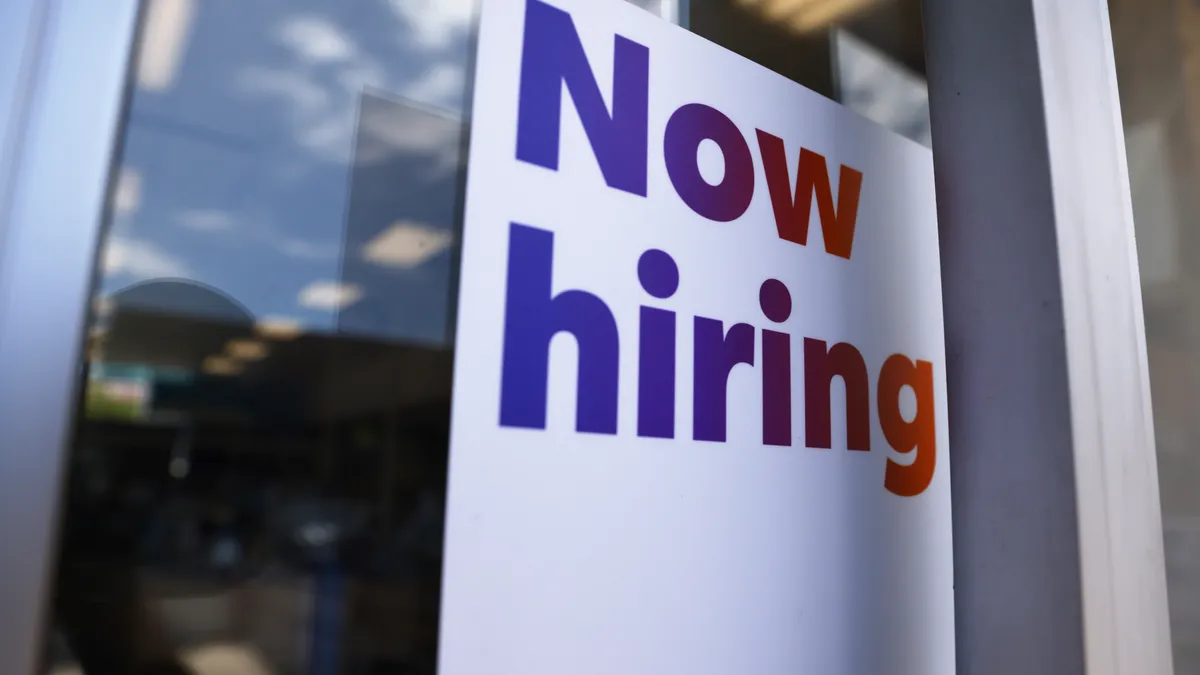First came the “Great Resignation,” then “quiet quitting,” and then a cascade of buzzwords trying to capture changes in the workplace as the very idea of work shifted due to COVID-19.
Now, thanks to an unsettled economic environment with a still-tight labor market, especially for highly skilled workers, “quiet hiring” has entered the vernacular — even if the concept of shifting current employees into different roles isn’t all that new.
“In our current economic environment, there is an emphasized importance on continuing to think about talent in other ways than just hiring an external employee,” said Dru Kirk, vice president of talent acquisition at Marqeta. With overall uncertainty, “many companies are being mindful of how we use and deploy our resources.”
Re-examine the talent you have
Workforce redeployment can help companies meet business needs without onboarding new employees. Quiet hiring may also involve shifting part-time workers to full-time roles, as well as bringing in contractors.
Kirk said she thinks of quiet hiring as internal mobility and tapping into the current employee talent pool by “moving existing employees into new roles.” That could involve upskilling workers to help them along their career development path.
Contractors can be part of this equation when they’re brought in to meet a short-term need, or because someone with that kind of skill or talent is in short supply. That’s especially true since the pandemic, as many workers have opted to be self-employed, especially in high-skill sectors. According to a 2022 survey from MBO Partners, 64% of independent contractors said they were freelance by choice.
This kind of workforce movement has long been applied in the tech sphere, said Kayla Lebovits, CEO and founder of Bundle, even if they didn’t give it the quiet hiring term. “It’s been happening for a long time, and it’s just now starting to become more widespread among more agencies,” she said. Quiet hiring can “keep forward momentum and test things quickly without making huge investments without onboarding employees.”
Communicate role changes or risk employee morale
But a company can’t just drop an employee into a new role, especially if it’s a significant step up from their current position. “It has to be done with open communication and transparency,” Lebovits said. That means telling the employee why management thinks they’re ready to take on a new responsibility, especially if it takes them out of their existing skill set and comfort zone. Management should also be giving these workers the right training and support.
Employees should also be asked for their input on the change, Lebovits said, especially if life circumstances make major professional changes not ideal at that moment. If these factors are not taken into consideration, a quiet hiring change can “lead to low engagement and low performance and demotivation if they’re put in something that really isn’t the right fit or not the right time for them,” she said. Doing so “can hurt morale or culture if people are pushed into things instead of having a conversation.”
Use contractors in the right way, at the right time
The addition of independent contractors should also be done with care, for both legal and moral reasons. When working with contractors, HR must make sure they are in line with local labor laws and not treat contractors like an employee, experts said.
Leadership should also make sure that employees don’t look down upon contractors, and communicate that contractors are being brought in “because they have different knowledge and different skills to complement the existing employee base,” said Lebovits.
Quiet hiring through contractors can also be a way to see if a contractor and the current team work well, and turn them into a candidate for an employee position if one should open up down the line, and if that contractor is interested, Lebovits added.













